Late 15th or early 16th century.
Cream limestone from Chatillonnais (Côte d'Or)
Usually found in castles or large bourgeois houses,
this reading alcove was dismantled by us during the demolition of a ruined medieval house
in a small village near Chatillon sur Seine - Côte d'Or.
The Haute Bourgogne region offers many examples of this type of architecture combining practicality and aesthetics.
In the past, this architectural feature was installed in the main room of houses and looked out through a porthole
or a small window onto the adjoining street.
Women sewed or embroidered there in the light of day.
Men read there... when they knew how to read!
A minimum wall thickness of 80 cm is required for this installation, the whole representing a thickness of around 70 cm.
Our dry presentation does not reflect the total height of the whole, which is 1.90 m.
We have collected all the stone needed to raise the sides to this height, or more if desired during the next installation.
The finished assembly represents a frontal installation on the ground of around 2 m to 2.20 m.
The diameter of the arch or the distance between the 2 interior feet of the arch at the level of the flatness of the benches measures 1.65 m
The 2 benches, the feet and the elements of the vault are anchored 70 cm into the wall, as mentioned above.
The 2 benches have a 35 cm seat
The seats are 55 cm from the ground.
The distance between the 2 seat noses measures 1 m.
Which leaves plenty of room for 2 people facing each other.
The sitting position is very comfortable.
With cushions, this little universe will take on all its charm.
We suggest letting light in through the load-bearing wall, either through a porthole,
or a window frame with a coved or chamfered molding, from the same period of course.
Raised alcove the height of a step or not,
a beautiful old Burgundy paving would perfectly finish the floor of this timeless "niche".
Photos 8 - 9 - 10 and 11 show some views of this type of existing architecture for examples.
These are not our sources of supply!
Question regularly asked...
We are at your disposal for any information you may require.
A visit by appointment to our stocks will allow us to provide a more technical and complete explanation.
Namely, our team is fully able to help you with the reinstallation of this set.
* * Delivery service available to you upon simple request for a quote with your postal code.

























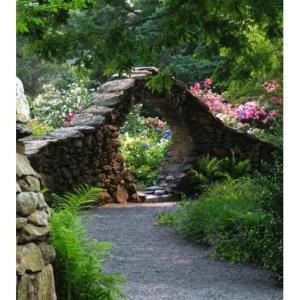
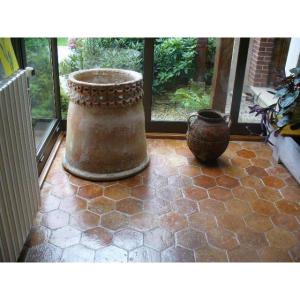





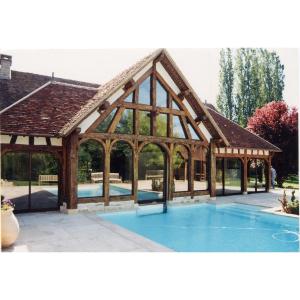
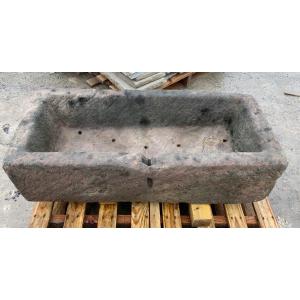
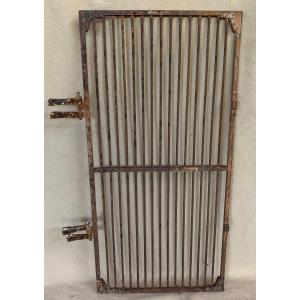

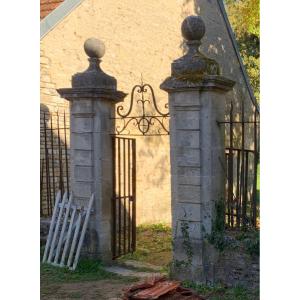







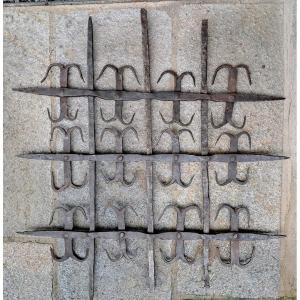



 Le Magazine de PROANTIC
Le Magazine de PROANTIC TRÉSORS Magazine
TRÉSORS Magazine Rivista Artiquariato
Rivista Artiquariato